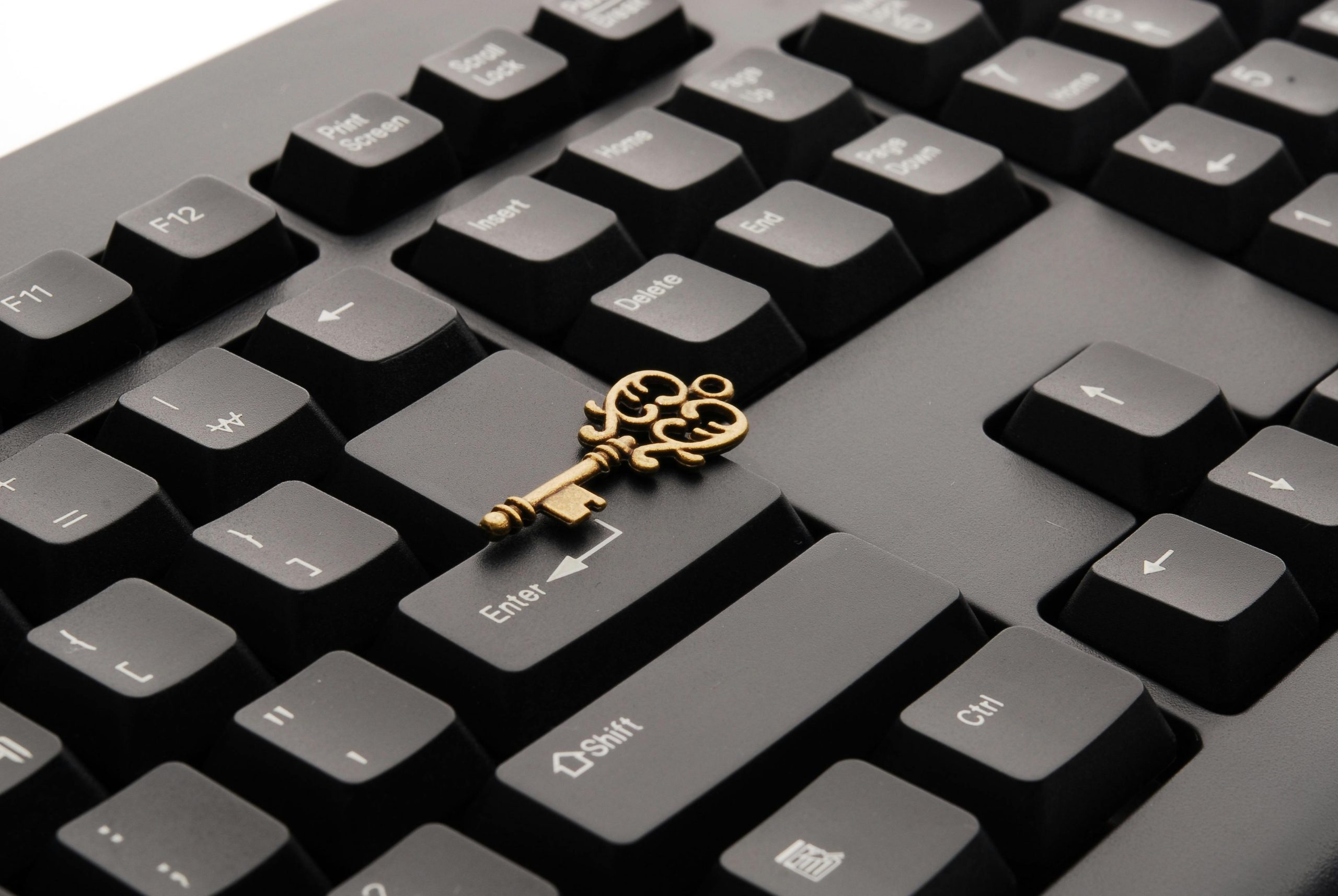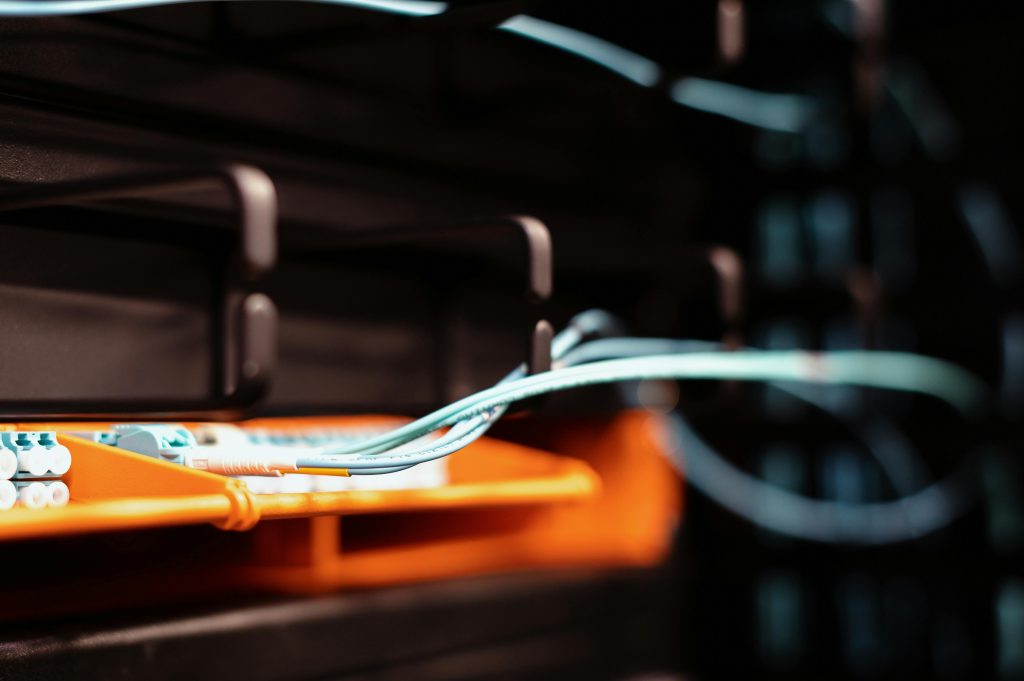Preparing for a Smooth Transition: How to Safely Transfer Data from Your Old PC to a New One
Upgrading to a new computer is an exciting step, but it also comes with the important task of ensuring your data—such as saved passwords, browser sessions, files, and more—are seamlessly transferred. If your current PC cannot upgrade to the latest operating system, like Windows 11, it’s essential to plan your migration carefully to avoid data loss or disruptions. This guide outlines the best practices and methods to help you securely transfer your valuable information to your new device.
Why Proper Data Transfer Matters
Moving to a new PC isn’t just about hardware; it’s about preserving your digital environment. Ensuring that all your browser tabs, passwords, documents, and settings follow you helps you maintain productivity and security. Rushing the process can lead to missed data or compromised information, so a systematic approach is preferable.
Step-by-Step Guide for Transferring Your Data
1. Backup Your Old PC
Before starting any transfer, create a comprehensive backup. Use reliable backup solutions such as:
- External Hard Drives or SSDs: Manually copy important files and folders.
- Cloud Storage Services: Upload vital documents and media to providers like OneDrive, Google Drive, Dropbox, or similar platforms.
- System Image Backup: For a complete snapshot of your system, consider creating a system image using built-in tools like Windows Backup or third-party applications.
2. Transfer Browser Data and Saved Passwords
Browsers store valuable session information, bookmarks, and passwords. To retain these:
- Use Built-in Sync Features: Most modern browsers (Chrome, Firefox, Edge) allow you to sign in and synchronize data across devices.
- Export Bookmarks: Export bookmarks as an HTML file and import them on the new device.
- Export Saved Passwords: Use the browser’s password export feature or a dedicated password manager to safely transfer credentials.
3. Transfer Your Files and Documents
Ensure all essential files are moved:
- Manual Copy: Copy documents, images, and media to your external drive or cloud storage.
- Use Data Migration Tools: Some manufacturers and operating systems offer migration assistants (e.g., Windows PC Migration) that facilitate seamless transfer of user profiles, documents, and settings.
4. Migrate Application Settings and Email Data
Configure your new PC with necessary applications:
- Reinstall Applications: Download and install essential software.
Share this content:



